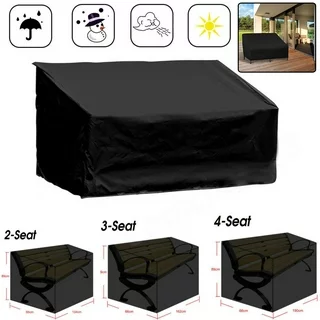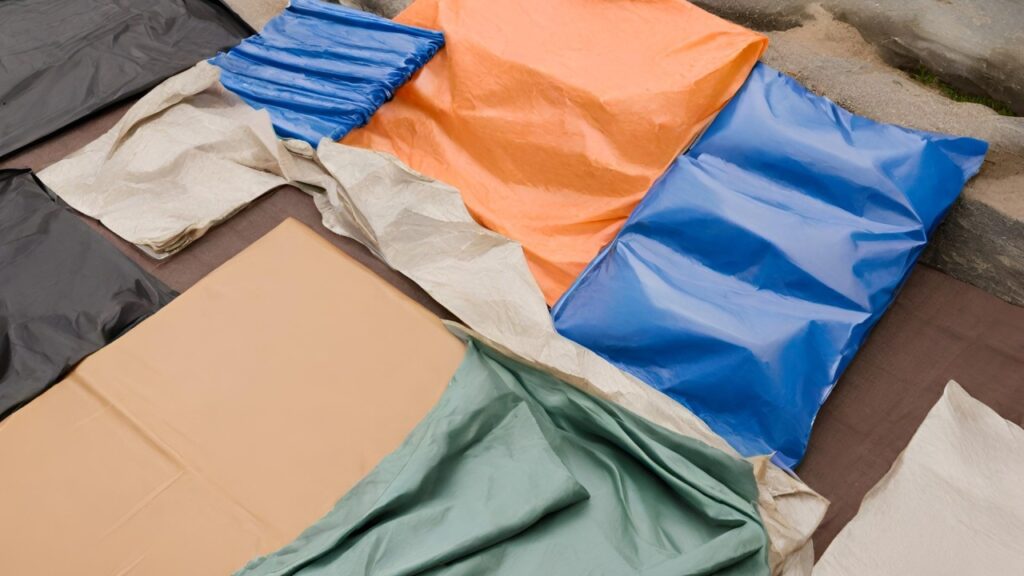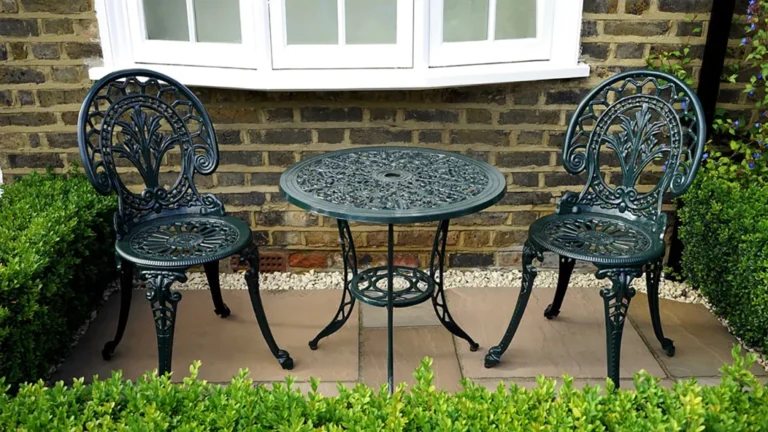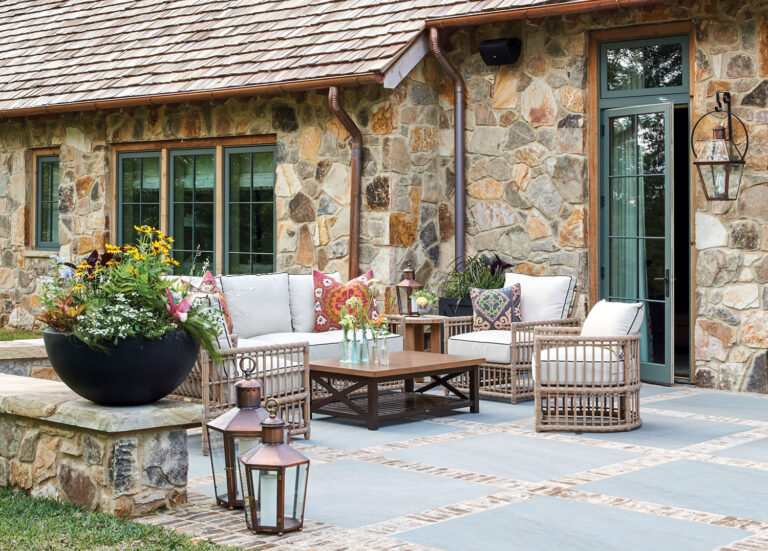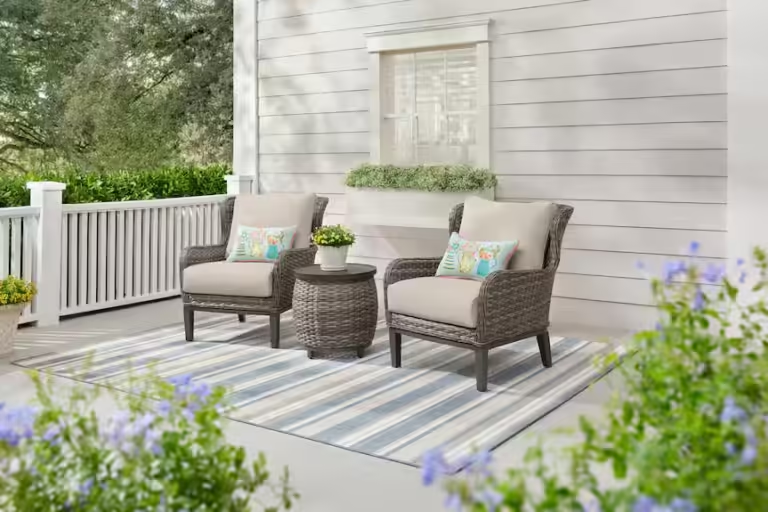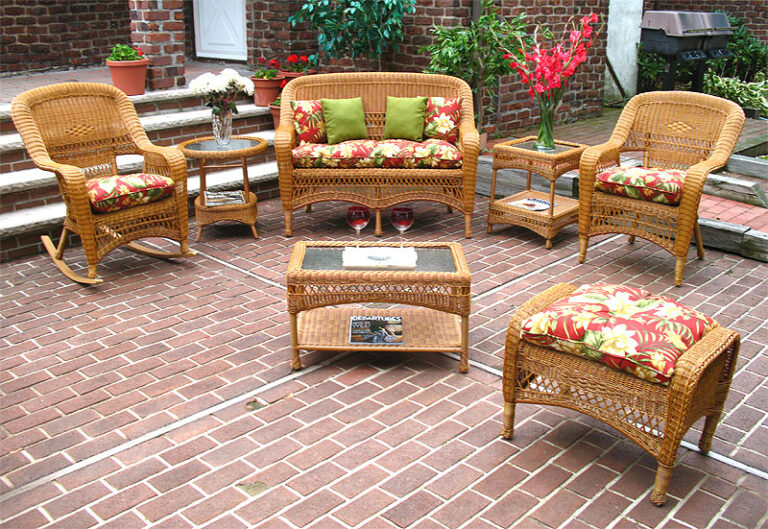How to Protect Your Patio Chairs with Winter Covers
Winter is coming, and you want to make sure your patio chairs are ready for the cold and harsh weather. Patio chairs are exposed to snow, rain, wind, and UV rays, which can damage their fabric, metal, wood, or plastic parts. If you don’t protect your patio chairs, you may end up with rust, mold, cracks, or faded colors.
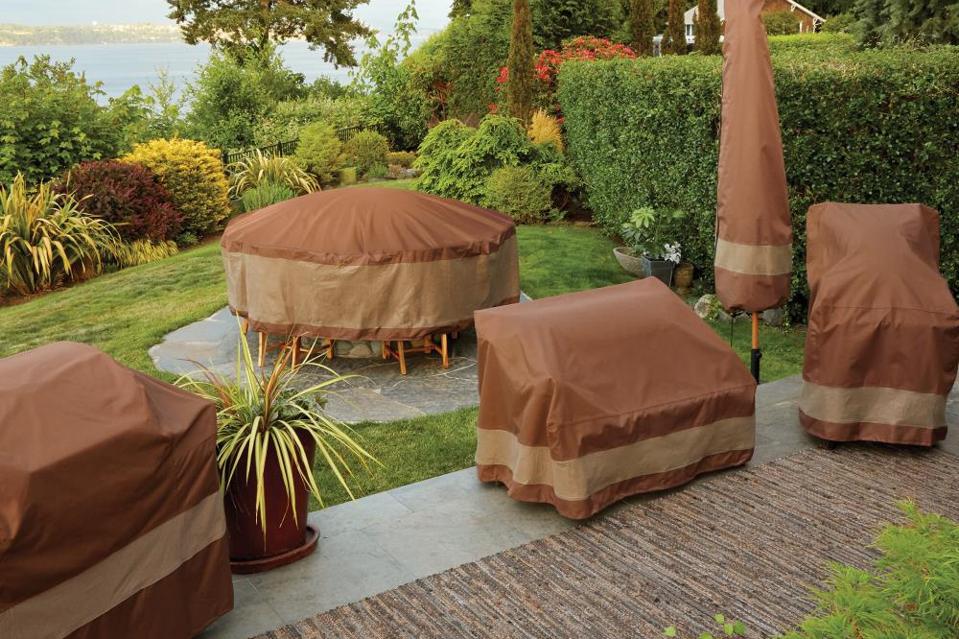
That’s why using a patio chair’s winter covers is a smart and economical way to extend the lifespan of your outdoor furniture. Winter covers are specially designed to fit and shield your patio chairs from the elements. They can also prevent dirt, dust, insects, and animals from getting into your chairs.
By using winter covers, you can save money on repairs or replacements and enjoy your patio chairs for many years to come. In this article, we will show you how to choose, use, and how to protect your patio chairs with winter covers. We will also give you some tips and tricks to make the process easier and more effective. Let’s get started!
1: Clean your patio chairs before covering them
Before you cover your patio chairs for the winter, you should make sure they are clean and dry. This will prevent dirt, dust, and moisture from damaging them while they are stored. Depending on the material of your patio chairs, you may need different cleaning methods and products. Here are some general guidelines:
Wooden patio chairs: Use a soft brush or cloth to remove any loose dirt or debris. Then, use a mild soap and water solution to wipe down the wood. Rinse with clean water and let it dry completely. You can also apply a wood preservative or sealant to protect the wood from cracking or fading.
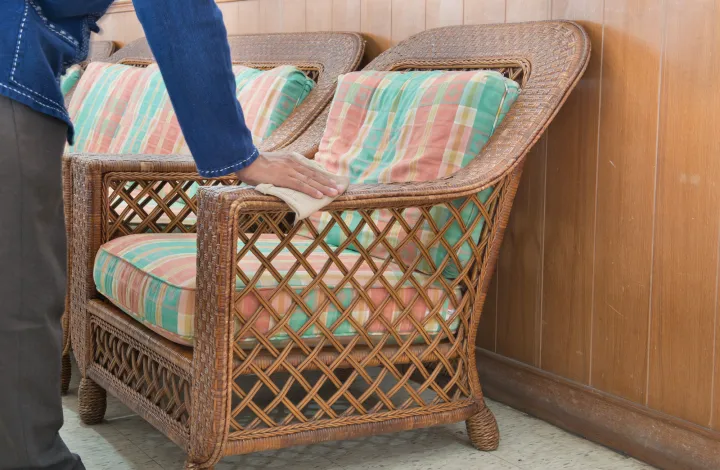
Metal patio chairs: Use a damp cloth or sponge to wipe off any dust or dirt. Then, use a mild soap and water solution to clean the metal. Rinse with clean water and dry thoroughly. You can also use a metal polish or wax to restore the shine and prevent rust.
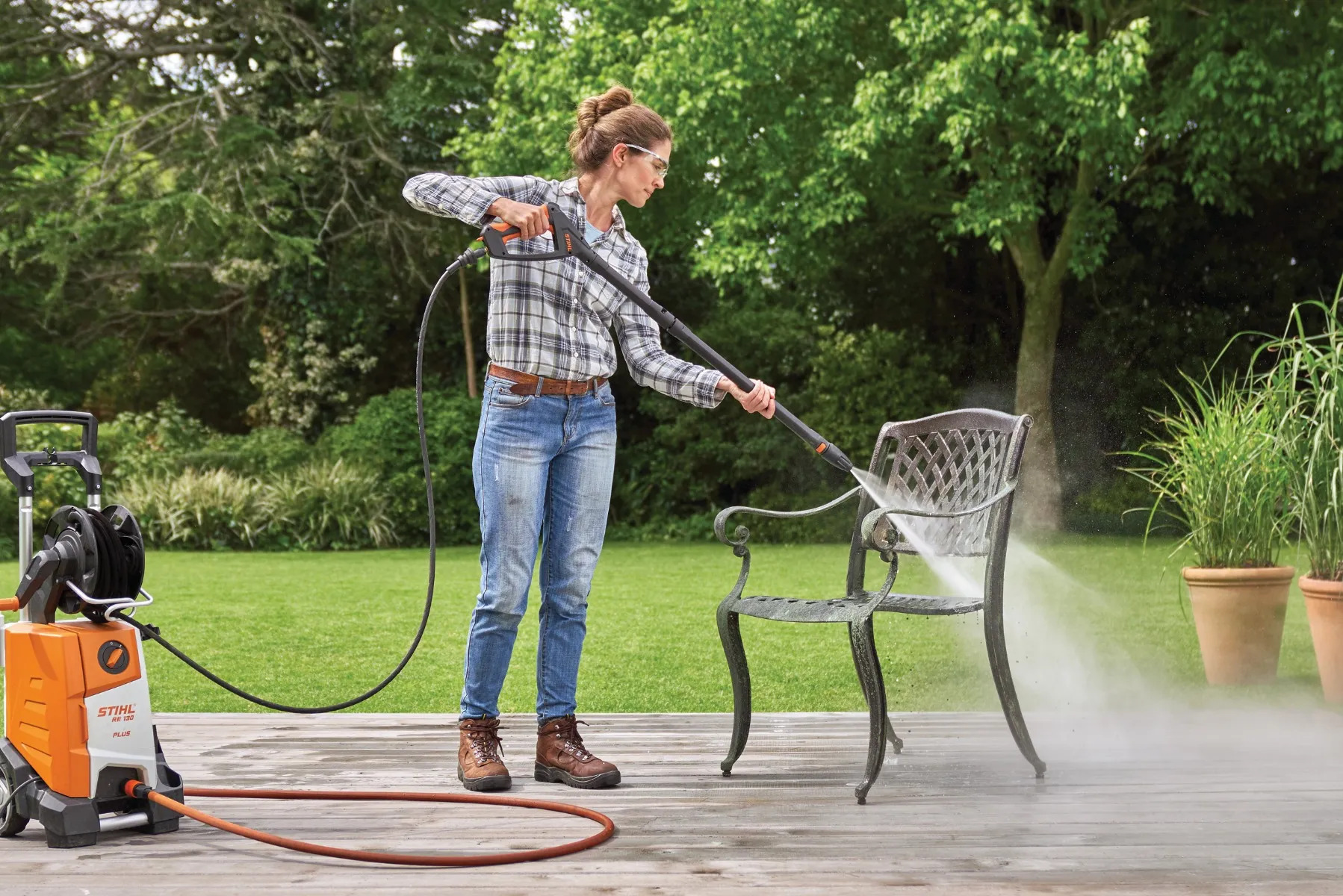
Plastic patio chairs: Use a hose or a bucket of water to rinse off any dirt or dust. Then, use a mild soap and water solution to scrub the plastic with a soft brush or sponge. Rinse with clean water and dry well. You can also use a plastic cleaner or spray to remove any stains or marks.
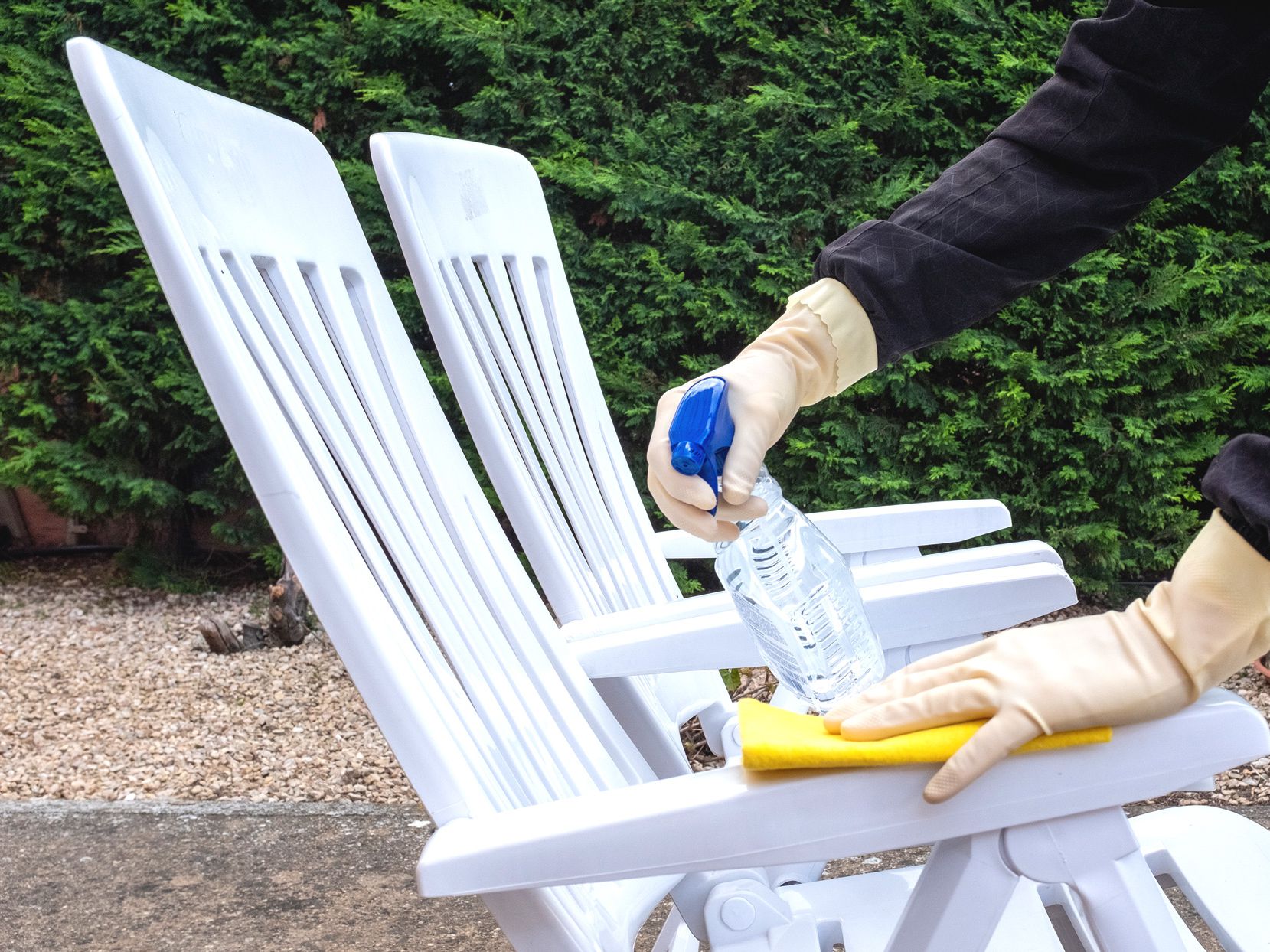
Wicker patio chairs: Use a vacuum or a soft brush to remove any loose dirt or debris. Then, use a mild soap and water solution to gently clean the wicker with a cloth or sponge. Rinse with clean water and dry completely. You can also use a wicker sealer or varnish to protect the wicker from fading or cracking.
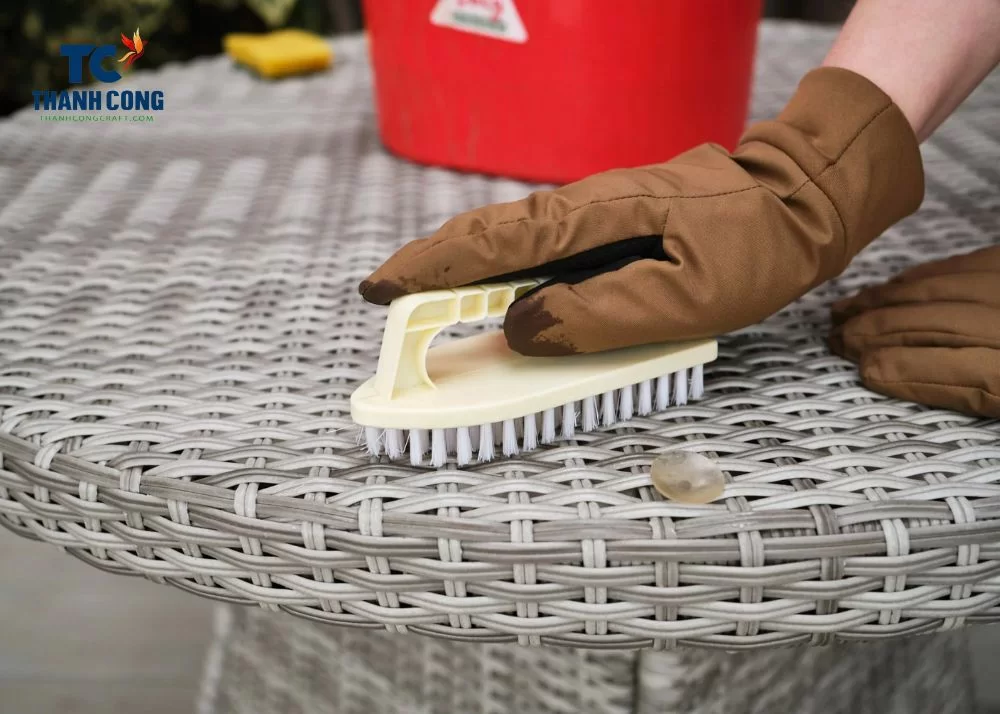
2: Choose suitable winter covers for your patio chairs
Once your patio chairs are clean and dry, you need to choose the right winter covers for them. Winter covers are designed to protect your patio chairs from snow, rain, wind, and other elements that can damage them. There are many types and brands of winter covers available, but you should look for some common features that make a good winter cover, such as:
- Size and shape: The winter cover should fit your patio chair snugly but not too tightly. It should cover the entire chair, including the legs and the back. You can measure your patio chair and compare it with the dimensions of the winter cover before buying it. You can also look for winter covers that are adjustable or elastic so you can customise the fit.
- Material and durability: The winter cover should be made of a sturdy and waterproof material, such as polyester, vinyl, or canvas. It should be able to withstand harsh weather conditions and resist tearing, fading, or cracking. You can check the quality and thickness of the material by feeling it or reading the product description.
- Water resistance and ventilation: The winter cover should be able to repel water and prevent moisture from accumulating inside the cover. It should also have some vents or holes to allow air circulation and prevent mould and mildew from growing. You can look for winter covers that have a water-resistant coating or a breathable fabric.
3: Cover your patio chairs individually or in groups
After you have chosen the winter covers for your patio chairs, you need to decide whether to cover them individually or in groups. There are pros and cons to both methods, depending on the space and convenience you have. Here are some tips to help you decide:
- Covering patio chairs individually: This method allows you to protect each patio chair separately, which can prevent scratches, dents, or stains from other chairs. It can also make it easier to access and remove the chairs when you need them. However, this method can take up more space and time, as you need to cover and uncover each chair one by one.
- Covering patio chairs in groups: This method allows you to save space and time, as you can stack and tie your patio chairs together and cover them with one large cover. It can also provide more insulation and protection from the cold and wind. However, this method can cause some damage or wear to your patio chairs, as they may rub or press against each other. It can also make it harder to access and remove the chairs when you need them.
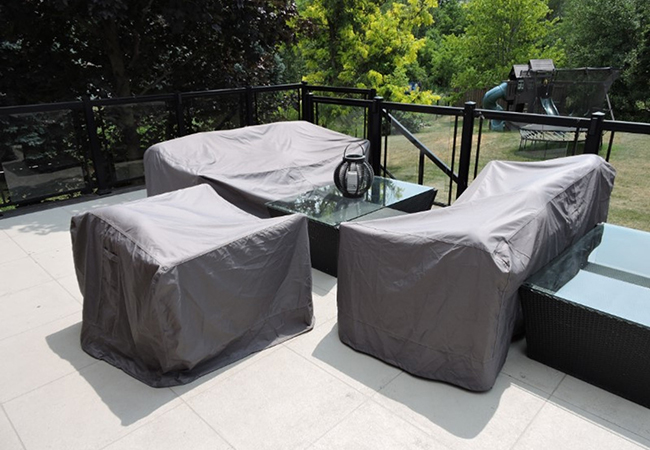
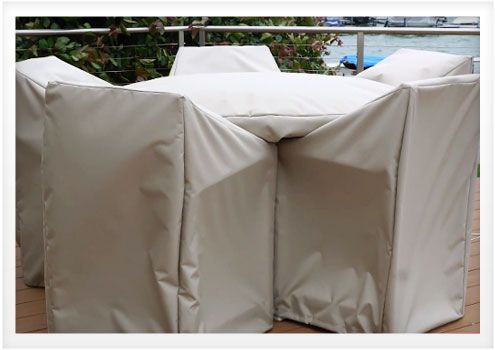
4: Protect the cushions and fabrics of your patio chairs
Another important step to protect your patio chairs with winter covers is to take care of the cushions and fabrics that go with them. Cushions and fabrics can add comfort and style to your patio chairs, but they can also get damaged by the winter weather if you leave them outside. Here are some tips to protect the cushions and fabrics of your patio chairs:
- Bring them indoors: The best way to protect the cushions and fabrics of your patio chairs is to bring them indoors for the winter. This will prevent them from getting wet, frozen, faded, or stained by the snow, rain, or dirt. You can store them in a dry and cool place, such as a closet, a basement, or a garage.
- Clean them properly: Before you store the cushions and fabrics of your patio chairs, you should clean them properly to remove any dirt, dust, or stains. You can follow the cleaning instructions on the labels or use some general methods, such as machine-washable cushions and fabrics, Hand-washable cushions and fabrics, and Non-washable cushions and fabrics.
- Repair them if needed: If you notice any tears, holes, or loose threads on the cushions and fabrics of your patio chairs, you should repair them before storing them. You can use a needle and a thread, a sewing machine, or fabric glue to fix them. This will prevent them from getting worse or affecting the appearance and comfort of your patio chairs.

5: Inspect and maintain your patio chairs and covers throughout the winter
The last step to protect your patio chairs with winter covers is to inspect and maintain them throughout the winter. Even if you have covered and stored your patio chairs properly, you should still check them regularly for any signs of damage, wear, or tear. You should also perform some maintenance tasks to keep them in good condition. Here are some tips for inspecting and maintaining your patio chairs and covers throughout the winter:
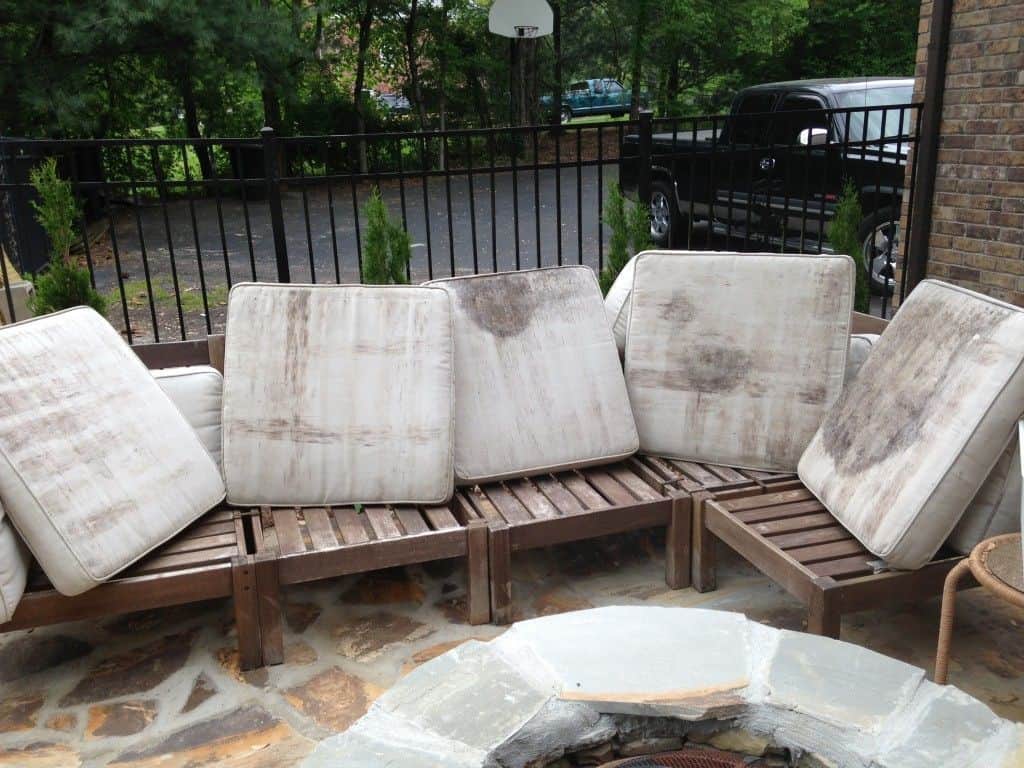
- Check for damage: You should inspect your patio chairs and covers at least once a month for any damage, such as cracks, holes, rips, or rust. If you find any damage, you should try to fix it as soon as possible or replace the affected part or cover. You can use some tools and materials, such as duct tape, epoxy, or spray paint, to repair minor damage. For major damage, you may need to consult a professional or buy a new patio chair or cover.
- Remove snow, ice, and debris: You should also remove any snow, ice, or debris that may accumulate on your patio chairs and covers. This will prevent them from adding weight, pressure, or moisture to your patio chairs and covers, which can cause damage or mould. You can use a broom, a shovel, or a blower to remove the snow, ice, or debris. You can also use a cloth or a sponge to wipe off any water or dirt.
- Prevent mould and mildew: You should also prevent mould and mildew from forming on your patio chairs and covers. Mould and mildew can cause stains, odours, and health problems. You can prevent mould and mildew by keeping your patio chairs and covers dry and ventilated. You can also use some products, such as vinegar, baking soda, or bleach, to kill or remove any mould or mildew that may appear. You can spray or wipe the affected area with the product and let it sit for a few minutes. Then, you can rinse or wipe it off with clean water.
Final Analysis
Protecting your patio chair’s winter covers is a smart and easy way to extend its lifespan and beauty. By following these steps, you can keep your patio chairs clean, dry, and safe from the harsh winter weather. You can also enjoy your patio chairs for many seasons to come without spending too much money or time on repairs or replacements.
We hope you found this article helpful and informative. If you have any feedback, questions, or suggestions, please feel free to leave a comment below. Thank you for reading!
Disclosure: Our blog contains affiliate links to products. We may receive a commission for purchases made through these links. However, this does not impact our reviews and comparisons. We try our best to keep things fair and balanced, in order to help you make the best choice for you.
